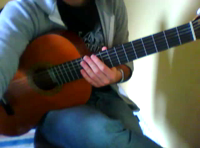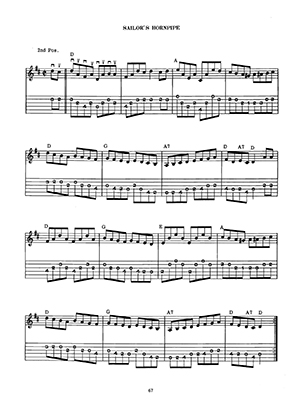
- #Matteo carcassi tremolo how to#
- #Matteo carcassi tremolo update#
- #Matteo carcassi tremolo full#
- #Matteo carcassi tremolo series#
Applebyįrancisco Tarrega Centenary Homage in Spain 8 and 9) Jorge Martinez Zarate and Graciela E. Vahdah Olcott BickfordĪ Visit to Manuel de la Chica–Guitar Maker. Rhythmical Playing and General Interpretation. Vrouyr MazmanianĪnton Diabelli and his music.
#Matteo carcassi tremolo update#
#Matteo carcassi tremolo series#
For instance, from measure 1 – 4 (as in the image above) the bass line has the melody, but in measure 2 there is a nice little interplay with the upper voice playing a descending scale – F E D C – if you bring out this little scale it will sound really interesting and create a series of tenths with the bass.

Make sure you know what voice is the most important at any given time so you can bring it out strongly. Sometimes the bass has the melody (which is most often played by the thumb) and sometimes the melody is in the upper voice played by ami. Throughout the piece there is an interplay between the upper and lower voices.

#Matteo carcassi tremolo how to#
On the repeat of the second half, try and come up with some of your own ideas on how to vary things with dynamics, and articulation. I have added in several of my own dynamics on the score as well as a tone color change at measure 23. Starting out in the relative major (C Major) the second section (or “B” section) introduces some new material and throws in some very beautiful harmonies at m.23 which can be furthered by inventive use of tone and articulation.Ĭreative use of dynamics in this piece will really make it come alive and it adds a lot of excitement to the performance. In the second section, the even division of phrases gets a bit less obvious, Carcassi has done this to create more excitement and less predictability in the music. Here it is with some phrase marks in the music: In classical music this sentential structure happens all over the place so its good to keep a look out for it! then jumped in the car and went to work.” The equivalent of this in writing would look like this:

Each of these four bar phrases are in sentential structure (as in a sentence, like we use in writing) This structure simply consists of a 1 measure idea, followed by another 1 measure continuation then resolved by a 2 measure conclusion. The first section of the piece (from measure 1 – 8) is one long phrase that can be divided into two equal four bar phrases (1-4 and 5-8). The bass voice often carries the melody so it is important to keep your left hand fingers down while the upper tremolo or arpeggio is sounding.
#Matteo carcassi tremolo full#
Also it is important to give all of the bass notes their full duration throughout the piece. There are some slurs at measure 16 and 18 that should be worked on independently (they are just like the ones from AC/DC’s “Thunderstruck”!). There are not too many demands on the left hand in this study, as it is predominantly a right hand study. In general I would recommend using pami as indicated in the score and for the arpeggios, use either pimi, or piai.

This movement is most commonly associated with tremolo technique but it also helps balance the right hand as a whole and can be very good arpeggio training. However, this study lends itself to strengthening the very common pami movement in the right hand. Originally, the repeated notes found throughout the study were meant to be played by i and m which would create groups of pimi, pimi etc. Etude 7 doesn’t have to be played fast to sound good because there is a lot of interest that can be generated by bringing out the voices and making use of dynamics, but of course, there is a certain energy and excitement that comes with speed and precision. There is something very exciting about the driving harmonic rhythm and the moto perpetuo writing for the right hand. This study was one of my all time favorites when I was a young whipper snapper.


 0 kommentar(er)
0 kommentar(er)
